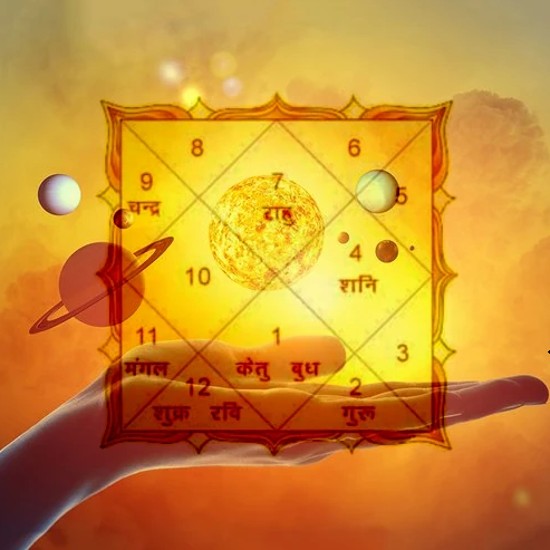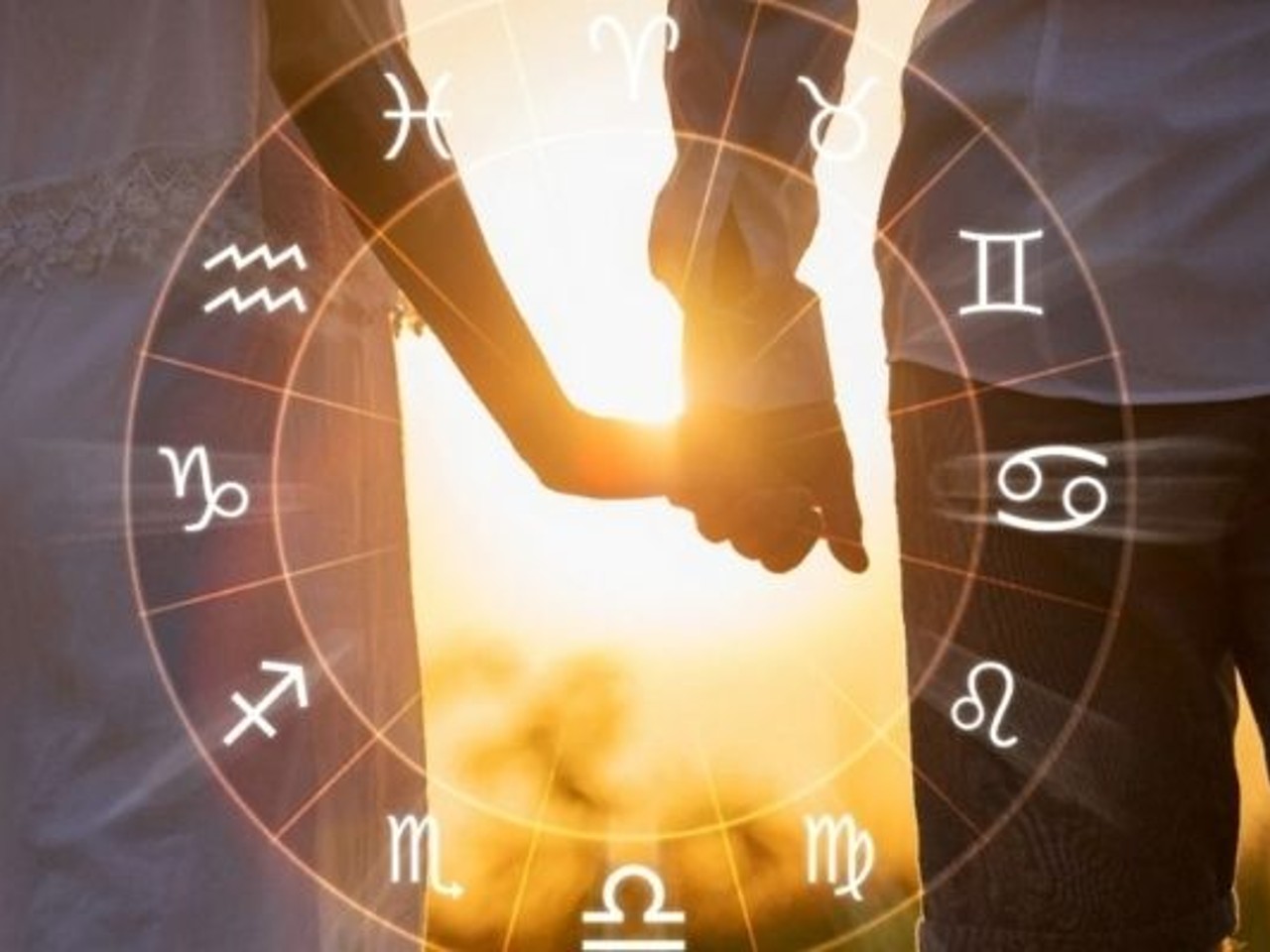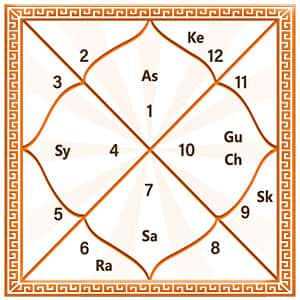Welcome to
Astromother
Your Gateway to Expert Astrology and Cosmic Guidance Services
for Life's Transformative Journey.
"Secure Your Spot: Schedule Your Astrology Appointment Right Away!"
Vedic Astrology

Vedic astrology, also known as Jyotish, is an ancient system of astrology that originated in India. It involves the study of celestial bodies, particularly the planets and their positions at the time of a person’s birth, to gain insights into an individual’s life, personality, and future. Vedic astrology also provides a framework for recommending planetary remedies to address various challenges or imbalances in one’s life. Here’s how Vedic astrology works with planetary remedies:
- Birth Chart (Natal Chart): Vedic astrology starts by creating a birth chart, also known as a natal chart or horoscope, which is a snapshot of the positions of the planets and other celestial bodies at the time and place of a person’s birth. The birth chart is divided into 12 houses, each associated with specific areas of life, and it contains various planetary positions, including the positions of the nine main planets used in Vedic astrology.
- Planetary Influences: Vedic astrologers analyze the birth chart to understand the influences of the planets on various aspects of a person’s life. This analysis includes assessing the strengths and weaknesses of the planets, their relationships with each other, and their placements in specific houses and signs.
- Doshas and Imbalances: Vedic astrology identifies doshas (imbalances) in the birth chart that may be causing challenges or obstacles in an individual’s life. These doshas can be related to specific planets, houses, or aspects of life, such as career, health, or relationships.
- Planetary Remedies: Once doshas are identified, Vedic astrologers recommend planetary remedies to mitigate or address the imbalances. These remedies can include the following:
- Gemstone Therapy: Wearing specific gemstones associated with beneficial planets can help balance planetary energies and strengthen favorable influences. For example, wearing a blue sapphire may be recommended to strengthen the influence of Saturn.
- Mantras and Chants: Reciting specific mantras or chants dedicated to certain planets can help propitiate and harmonize their energies. Each planet has associated mantras.
- Rituals and Pujas: Performing rituals and pujas (worship ceremonies) for specific deities associated with planets can be a way to seek their blessings and reduce the negative impact of planetary imbalances.
- Fasting and Donations: Observing fasts on specific days of the week associated with planets or making donations to charitable causes related to planetary influences are common remedies.
- Yagyas and Homas: These are more elaborate fire ceremonies performed by priests or experts to invoke the blessings of the planets and deities.
- Yantras: Yantras are sacred geometric diagrams associated with specific planets. Keeping yantras in the home or workplace can help balance planetary energies.
Vedic astrology is based on the belief that the positions and movements of celestial bodies have a significant influence on human life.
Our Services
Are Best Astrology Services

Marriage Problem
Sometimes delay in marriage can be by free will or sometimes it can be due to unfavorable placements of planets in horoscope.By consulting an astrologer

Love and Relationship
Love is not something which should lost in a blink ,rather it should last long ,may be liftime for good reasons.Relationship between two people is a bond of trust , love , respect that should be cherished for long times.

Marriage Compatibility
In Vedic astrology, Nadi Dosha, Ashwini Koot, and Mangal Dosha are important factors considered in the process of compatibility analysis for marriage.

Childless Couple
In astrology, there are various factors that astrologers may consider when analyzing the potential for a couple to have children. While astrology can provide insights.

Education Abroad
In astrology, a person's potential for education abroad can be indicated by various factors in their birth chart. Here are some key astrological elements to consider

Job Abroad /Visa
When assessing the potential for a job abroad in astrology, various astrological factors and combinations are taken into consideration. These factors can provide

Career
When assessing the potential for a job abroad in astrology, various astrological factors and combinations are taken into consideration. These factors can provide

Face Reading
Face reading and palmistry, also known as chiromancy, are forms of divination that analyze the physical features of a person's face and the lines.

Vastu Shastra
As we all are familiar with “Paanchbhootas”`,namely these element are Earth, Water, Air, Fire and Ether . Out of nine planets, only the planet we are living at ,has life due to presence of these life giving elements . `

Chakra Healing
Chakra healing and astrology are two distinct systems of belief and practice, and they are not directly related to each other. However, some individuals may choose to incorporate

Remedies
Havan, also known as a fire ritual or fire ceremony, is a significant practice in many Vedic and Hindu traditions. While its primary purpose is often religious or spiritual, some people believe that there are astrological benefits associated with performing a havan.
Shodashvarga Charts Kundali Reading

In Vedic astrology, Shodashvarga charts are a set of sixteen divisional or harmonic charts used to provide deeper insights into an individual’s life and various aspects of their existence. These charts are derived from the individual’s birth chart or natal chart (the Rasi or D-1 chart) and are created by dividing the zodiac into different segments. Each Shodashvarga chart focuses on specific aspects of a person’s life and helps astrologers analyze various dimensions. Here’s a brief overview of the Shodashvarga charts and their meanings:
Rasi Chart (D-1)
This is the main birth chart that shows the position of planets in the zodiac signs. It provides a general overview of a person's life and character.
Hora Chart (D-2)
The Hora chart is used to analyze a person's wealth, possessions, and financial matters. It focuses on the monetary aspect of life.
Drekkana Chart (D-3)
The Drekkana chart is related to siblings, courage, and short journeys. It provides insights into your relationships with siblings and your ability to overcome challenges.
Chaturthamsa Chart (D-4)
This chart deals with property, assets, and real estate. It helps in understanding your assets and the potential for property ownership.
Saptamsa Chart (D-7)
The Saptamsa chart is associated with children, creativity, and progeny. It reveals information about your children and creative abilities.
Navamsa Chart (D-9)
The Navamsa chart is a crucial chart for marriage and partnerships. It provides insights into one's married life, spouse, and relationships.
Dasamsa Chart (D-10)
The Dasamsa chart focuses on career and professional life. It reveals information about your career path, achievements, and recognition in society.
Dwadasamsa Chart (D-12)
This chart is used to analyze parents, particularly the mother. It also provides information about one's karma and the fruits of past actions.
Shodasamsa Chart (D-16)
The Shodasamsa chart is associated with vehicles, land, and properties. It helps in understanding your relationship with these material aspects of life.
Vimsamsa Chart (D-20)
The Vimsamsa chart is used to analyze spirituality, religious beliefs, and the potential for spiritual growth and enlightenment.
Chaturvimsamsa Chart (D-24)
This chart focuses on education, knowledge, and learning. It provides insights into your intellectual pursuits and academic achievements.
Saptavimsamsa Chart (D-27)
The Saptavimsamsa chart deals with strength, longevity, and health. It helps in understanding your physical and mental well-being.
Trimsamsa Chart (D-30)
The Trimsamsa chart provides insights into misfortunes, challenges, and obstacles in life. It is associated with karma and the effects of past actions.
Khavedamsa Chart (D-40)
This chart is used to analyze chronic illnesses and diseases. It provides information about long-term health issues.
Akshavedamsa Chart (D-45)
The Akshavedamsa chart deals with relationships, family, and interactions with relatives. It provides insights into these aspects of life.
Shastiamsa Chart (D-60)
The Shastiamsa chart is associated with the minute details of one's life and is used for pinpoint predictions.
Each of these Shodashvarga charts offers a more detailed perspective on different aspects of an individual’s life, allowing astrologers to provide more specific insights and predictions. These charts are consulted alongside the main birth chart (Rasi chart) to gain a comprehensive understanding of a person’s life and destiny.
Call Now to Reserve Your Astrology Appointment and Illuminate Your Path!
Awards
Stellar Astrologers Honored at Prestigious Cosmic Recognition Ceremony.



People Say The Nicest Things
Satisfied Clients Share Their Positive Experiences with Our Expert Astrologer
How specifically we work with Different branches of Astrology
Jaimini astrology, Vastu Shastra, and Vedic astrology are all distinct systems that provide insights into different aspects of an individual’s life and environment. While they can be used individually,we chose e to combine these systems to create a comprehensive approach to improving our well-being and life. Here’s how we work collectively to come up with remedies for betterment:
- Vedic Astrology: Vedic astrology, or Jyotish, provides insights into an individual’s personality, life events, and karmic patterns by analyzing the positions of celestial bodies at the time of birth. It can identify astrological imbalances and doshas in a person’s birth chart, which may lead to challenges in various life areas.
- Jaimini Astrology: Jaimini astrology is a branch of Vedic astrology that focuses on predictive techniques and provides additional layers of analysis. It can be used to delve deeper into specific life events and timing. Jaimini astrology provides unique methods for identifying planetary periods and sub-periods, allowing astrologers to make more precise predictions about when certain events may occur in an individual’s life.
- Vastu Shastra: Vastu Shastra is an ancient Indian architectural and design philosophy that aims to create harmony and balance in living and working spaces. It is based on principles related to the layout, design, and placement of various elements within a building to promote positive energy flow. Vastu also considers the orientation of the structure and the impact of the cardinal directions.
When combined, these three systems can work collectively to provide a holistic approach to improving an individual’s life. Here’s how we achieve our goal.
- Birth Chart Analysis: Vedic astrology, including Jaimini astrology, can provide insights into an individual’s strengths, weaknesses, and challenges based on their birth chart. This information can include career prospects, relationships, and health.
- Dosha Identification: Vedic astrology can identify doshas and astrological imbalances in an individual’s birth chart. These doshas may be associated with specific life areas, such as health, finances, or relationships.
- Vastu Analysis: A Vastu expert can assess the individual’s living or working space to identify any Vastu-related issues that may be impacting their life. This analysis may include the orientation of the building, placement of rooms, and the use of specific colors or materials.
- Integrated Remedies: After identifying doshas and Vastu-related issues, astrologers and Vastu consultants can work together to recommend personalized remedies. These remedies may include gemstone recommendations, mantras, rituals, architectural adjustments, or Vastu corrections within the individual’s living or working space.
- Timely Actions: Jaimini astrology can help determine the most auspicious times to undertake the recommended remedies. This ensures that the individual takes corrective actions when the planetary influences are most supportive.
Navtara in Nakshatras.

The concept of “Tara” in Vedic astrology is associated with the 9 Tara Chakra, a part of the Nakshatra system. Each Nakshatra is divided into nine Taras, and these Taras are categorized into three groups: Janma Tara, Sampat Tara, and Vipat Tara. Each Tara group has a specific set of characteristics and is associated with different aspects of a person’s life and actions. Here’s an overview of these Tara groups and their associations:
- Janma Tara (Birth Star): Janma Tara is the Tara associated with the Nakshatra of a person’s birth Moon. It represents the individual’s nature, temperament, and mental disposition. Janma Tara is often associated with one’s basic personality traits and the overall influence of the birth Nakshatra.
- Sampat Tara (Wealth Star): Sampat Tara is the Tara associated with the 2nd Nakshatra from a person’s birth Nakshatra. It is linked to matters of wealth, prosperity, and financial well-being. Sampat Tara indicates one’s ability to accumulate material resources and enjoy financial stability.
- Vipat Tara (Calamity Star): Vipat Tara is the Tara associated with the 3rd Nakshatra from a person’s birth Nakshatra. It is associated with challenges, difficulties, and potential obstacles in one’s life. Vipat Tara indicates areas where one might face adversities or setbacks.
- Kshema Tara (Success Star): Kshema Tara is the Tara associated with the 4th Nakshatra from a person’s birth Nakshatra. It signifies success, growth, and the ability to overcome challenges. Kshema Tara is related to one’s ability to achieve their goals and aspirations.
- Pratyari Tara (Enemy Star): Pratyari Tara is the Tara associated with the 5th Nakshatra from a person’s birth Nakshatra. It relates to potential conflicts, opposition, and enemies in one’s life. It signifies the need to be cautious and strategic in dealing with adversaries.
- Sadhaka Tara (Achievement Star): Sadhaka Tara is the Tara associated with the 6th Nakshatra from a person’s birth Nakshatra. It represents one’s determination, discipline, and capacity for hard work. Sadhaka Tara is linked to achievements and successes through dedicated efforts.
- Naidhana Tara (Death Star): Naidhana Tara is the Tara associated with the 7th Nakshatra from a person’s birth Nakshatra. It is connected to the possibility of sudden or unexpected events, including the end of life. Naidhana Tara signifies the need for caution and awareness.
- Mitra Tara (Friend Star): Mitra Tara is the Tara associated with the 8th Nakshatra from a person’s birth Nakshatra. It is linked to friendships, support, and alliances. Mitra Tara indicates the potential for harmonious relationships and assistance from friends.
- Ati-Mitra Tara (Highly Auspicious Star): Ati-Mitra Tara is the Tara associated with the 9th Nakshatra from a person’s birth Nakshatra. It represents exceptionally positive and auspicious influences, bringing blessings and good fortune.
These Taras play a role in determining various aspects of a person’s life, including their personality, wealth, challenges, achievements, and relationships. Vedic astrologers may consider the Tara associations when interpreting a person’s birth chart and making predictions about their life events and characteristics.

